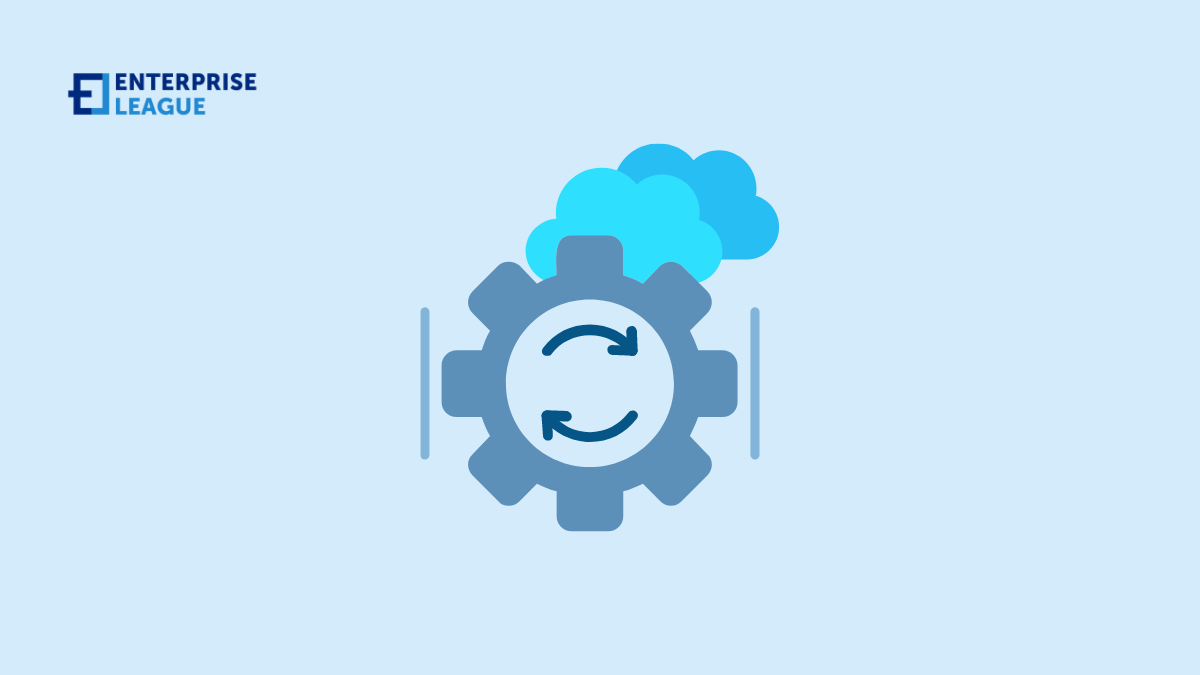Effective business performance management (BPM) is crucial for organizations seeking sustainable success. By monitoring, measuring, and analyzing employee performance, businesses can make better-informed decisions and motivate their employees to perform at their best, increasing efficiency and, ultimately, business success.
But while BPM can provide substantial benefits when implemented correctly, there are certain performance management mistakes that many managers make that can have fatal consequences for the success of a business.
Biggest mistakes of business performance management
Performance management is incredibly important because it can help organizations close the gap between their goals and actual results by increasing employee engagement and productivity. To get it right, though, it’s important to avoid these common BPM mistakes.
No well-defined objectives
Setting SMART goals – specific, measurable, achievable, and time-bound goals – is critical for evaluating progress and appropriately directing effort. Well-defined objectives ensure a clear understanding of what needs to be achieved, helping to prevent a lack of focus and misalignment of resources, which every manager worth their salt should strive to avoid.
Poor performance measurement
The art of company performance evaluation is complex as it involves assessing various factors to gauge the organization’s overall health and possible areas for improvement. The first step is establishing key performance indicators (KPIs) that align with the organization’s objectives. Then comes accurate and timely data collection. Technological tools like data analytics software and customer relationship management systems can greatly help here as they can streamline data gathering and analysis, helping you achieve more accurate performance measurements.
Lack of employee involvement and poor communication
While BPM is, for the most part, the responsibility of management, it also requires active involvement and engagement of employees throughout the company.
Failing to communicate performance goals and progress with the other employees can and usually does lead to disengagement and suboptimal performance. Encouraging employee involvement and creating a culture of open and honest communication promotes motivation and helps increase productivity.
At the same time, BPM requires effective communication and collaboration among various stakeholders, too, including executives, managers, and relevant departments. Poor communication and lack of transparency can hinder the flow of performance-related information. This, in turn, can impede informed decision-making and lead to misalignment within the company.
Overemphasis on short-term results
While it is essential to monitor short-term performance indicators, focusing solely on immediate outcomes can lead to neglecting long-term strategic objectives. By placing excessive emphasis on short-term gains, organizations also risk customer satisfaction, employee engagement, and innovation.
Embracing continuous improvement, on the other hand, allows businesses to adapt and thrive in a dynamic and competitive environment. Continuous improvement, in this case, involves an ongoing commitment to evaluating and enhancing processes, products, and services. BPM, an ongoing process itself, can help businesses stay on their journey to continuous improvement by enabling them to measure, analyze, and enhance performance systematically.
Ultimately, the goal of every organization should be striking a balance between short-term goals and long-term sustainability.
Not recognizing and rewarding good performance
Failing to acknowledge good performance is another common mistake of BPM that can have seriously detrimental effects on employee engagement, morale, and motivation.
Recognizing and rewarding employees who consistently deliver excellent results provides them with a sense of validation and satisfaction, which in turn helps reinforce their commitment to achieving excellence. Recognizing and rewarding employees who consistently deliver excellent results not only motivates them but also fosters a positive company culture. One effective way to achieve this is through presenting memorable custom awards, which can be tailored specifically to the achievements being honored, adding a personal touch that truly resonates with the recipients. Rewarding good performance is also crucial for employee attraction and retention, as well as for creating a positive competitive environment within the organization.
Keep in mind that while financial rewards are always welcome, they are not the only kind of recognition out there. Employees thrive on praise, so stop and talk to your workers and thank them for their hard work whenever possible. Giving employees more opportunities for further development is also a great way to recognize and reward their work.
Not dealing with underperformers on time
Finally, ignoring underperformance can negatively affect the overall success of the organization, leading to a decline in productivity, employee morale, and team dynamics. No wonder: not addressing and dealing with underperformers promptly can create a sense of unfairness and frustration among high-performing employees.
Equally important, failing to address underperformers in a timely manner can prevent the organization from achieving its goals. After all, underperformance can impact the quality of products or services and, as a result, customer satisfaction and overall business outcomes. By not taking decisive action to address underperformance, companies risk harming their reputation, losing customers, and jeopardizing their competitive advantage in the market.
Conclusion
An effective business performance management system is essential for any organization seeking sustainable success. By setting clear objectives, implementing effective performance measurement techniques, engaging employees and rewarding their good work, and balancing short-term and long-term goals, businesses can optimize their performance management processes and consequently drive growth and maintain an edge in today’s highly competitive market.
More must-read stories from Enterprise League:
- Unique ways to show your employees you care about them.
- The importance of customer-focused strategy for your business.
- What’s the secret to running successful cold email campaigns?
- Find out how to get more customers for your business in a unquie way.
- Best marketing tools for startups that are worth trying.
Related Articles
Workers’ Compensation Costs for Factory and Warehouse Forklift Accidents
Forklifts play a central role in day-to-day operations across factories and warehouses, but they also create a significant risk of injury. When a forklift overturns, strikes a pedestrian, or drops a load, the financial impact reaches far beyond the immediate medical...
Delayed Construction Injury Reports: Impact on Workers’ Comp
Construction work carries unavoidable risks, which is why workers' compensation exists to protect employees after an injury. But one factor can alter the entire outcome of a claim: delayed reporting. In the construction industry, where injuries often occur in...
Sponsoring Employees for Green Cards: Small Business Considerations
For many small businesses, sponsoring a foreign employee for a green card can be a strategic investment. As industries grow more competitive, retaining skilled workers becomes increasingly important. Green card sponsorship offers long-term stability for both employer...
Workers’ Compensation Costs for Factory and Warehouse Forklift Accidents
Forklifts play a central role in day-to-day operations across factories and warehouses, but they also create a significant risk of injury. When a forklift overturns, strikes a pedestrian, or drops a load, the financial impact reaches far beyond the immediate medical...
Delayed Construction Injury Reports: Impact on Workers’ Comp
Construction work carries unavoidable risks, which is why workers' compensation exists to protect employees after an injury. But one factor can alter the entire outcome of a claim: delayed reporting. In the construction industry, where injuries often occur in...






